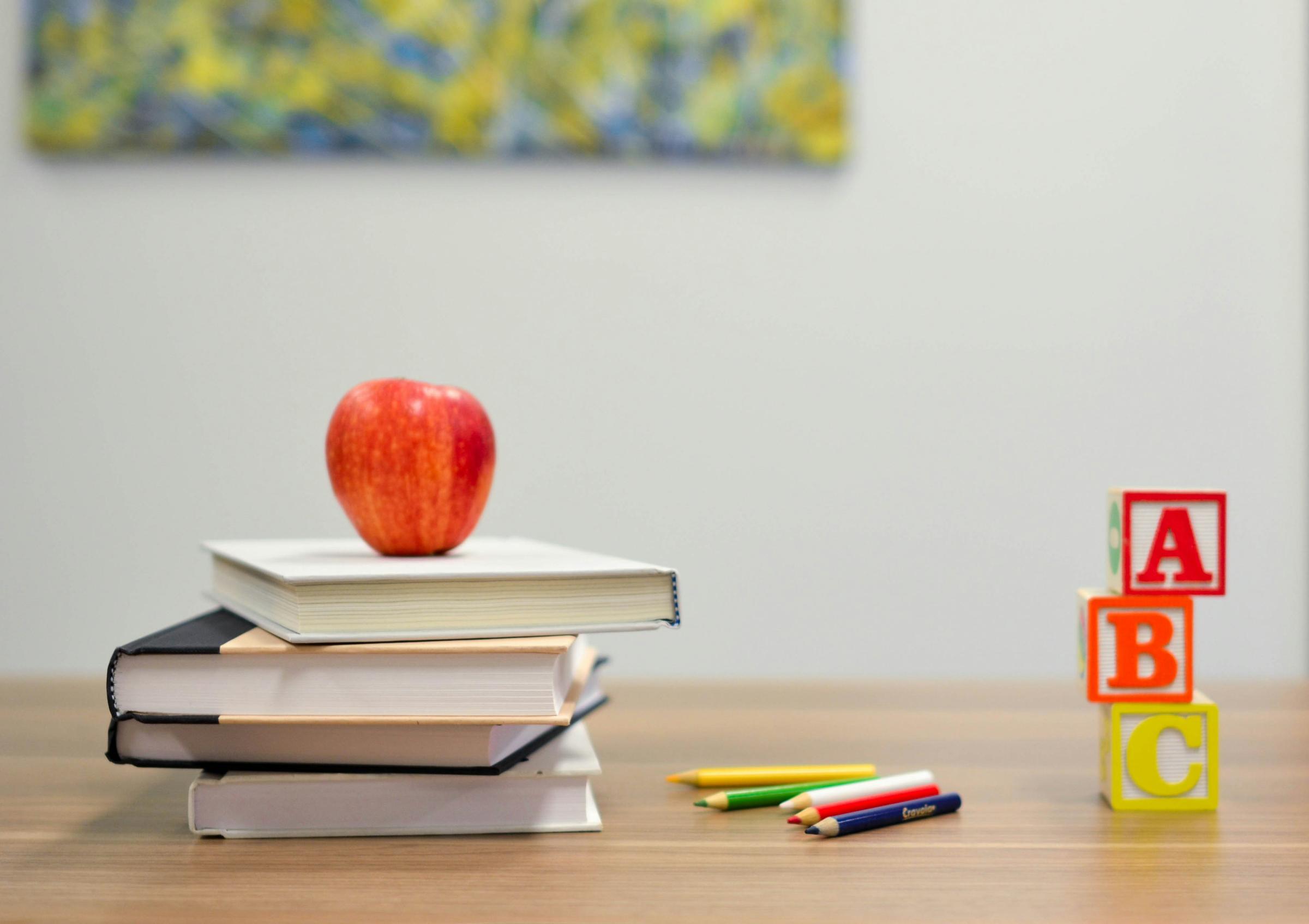Learning and Teaching
Time Telling

Learning and Teaching
Time Telling
Telling the time using an analog clock can be complex as reading a clock requires an understanding of various mathematical concepts and the ability to connect these concepts together. An understanding of the passage of time itself is also vital. Learning to read a clock starts with building an understanding of what time is before developing the ability to read the time to the minute.
When to start
Before learning how to tell time, kids need to know that time is divided into units like days, hours, and minutes. It would be helpful to use time vocabulary such as morning, afternoon, noon, night, before, and later. Get them used to what five minutes means by actually setting a timer for five minutes and ending an activity. Talk with them about their daily routine - cards listing each activity provide good visual cues for this - and order activities, showing what happens first, next, and later on.
Before learning how to tell time on an analog clock, children need to have some basic math skills as well. They need to be able to count to 60 as well as recognize and read numerals from one to 60. Although time-telling will ultimately require kids to be able to count by fives and to add ones onto the total, these skills are not necessary before getting started initially.
During a child’s first year of school is the age when they are beginning to understand the passage of time, and the concepts of past, present, and future. This is also the age when kids have the necessary math skills to be able to read an analog clock. Following this, they can learn to tell time to the hour and half hour, and can then work towards telling time to the nearest five minutes, and then the minute.
Steps
Telling time is an abstract process so it's necessary to use lots of concrete, hands-on support in teaching it to young children.
Useful tools in teaching kids to read a clock include a working analog clock with the minutes marked off either by ones or by fives, from zero to 60; a play-clock that allows you to move the minute hand to show any time; and printouts of clocks with the hours divided up at each big number.
Step 1: Identify the Parts of the Clock
The first step in learning to tell time is being able to identify the parts of a clock. This includes the numbers, the hour hand, and the minute hand. If possible, avoid using a clock with a second hand while teaching time-telling. This can be confusing and distracting. Explain the parts to your child, and let them practice pointing out which part is which.
Step 2: Teach Telling Time to the Hour
After your child is familiar with the parts of a clock, you can start showing them what time to the hour looks like. Teach them to first identify the hour using the hour hand, and then look to see if the minute hand is up at the 12. Relate these times to activities such as ‘bedtime.’
Step 3: Teach Telling Time to the Half-hour
When your child has grasped telling time to the hour, introduce time to the half-hour. They should learn to recognize times like 3:30, 6:30, or 11:30 by sight. It is very important to point out that the hour hand is not always pointing directly at the big number.
Step 4: Teach Telling Time to Five-Minute Intervals
Once they can count by fives, they can focus on telling time to the five-minute interval. Explain that they can count by fives around the clock to figure out how many minutes it is past the hour. Let them observe how the hour hand slowly moves from one number to the next as the minute hand makes its rounds. Then start to work on times like 40 and 45 minutes past the hour. Finally, move on to times like 50 and 55 minutes past the hour.
Time-telling is a real-life skill so it important to find opportunities to use clocks naturally throughout the day.
Laura Leung
Learning and Teaching